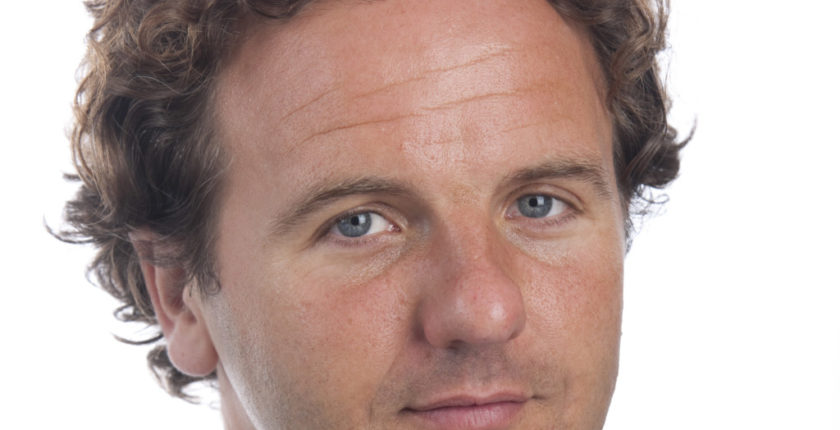Care homes provide safe haven for investors amidst Brexit volatility, says Knight Frank
[ad_1]
 Julian Evans, Head of Healthcare, Knight Frank
Julian Evans, Head of Healthcare, Knight FrankCare homes continue to provide a defensive investment opportunity in the face of Brexit volatility, according to global property advisor, Knight Frank.
In its 2018 ‘Care Home Trading Performance Review’, Knight Frank said the sector continued to be resilient despite uncertainty, with occupancy rates at a record 89.4% and average weekly fees up for the seventh consecutive year, by 3.7% to £773, and EBITDARM at 28.3%.
Julian Evans, Head of Healthcare, Knight Frank, commented: “Despite operational challenges, the care home sector remains a highly attractive investment. In our view it is the one that is least affected by Brexit volatility as demand is typically driven by domestic factors.

Advertisement
“The defensive characteristics of the sector and long-term income combined with the fundamental strength of the occupational market makes the care home sector appealing to those investors wishing to diversify their asset portfolios.
“We predict that despite current economic uncertainty and rising costs, care homes will remain a compelling asset class for investors as they seek to balance risk and return.”
Increased life expectancy drove the sixth consecutive rise in care home occupancy, with this expected to increase further with people aged over 85 predicted to more than double over the next 23 years to more than 3.4m, according to the ONS.
Knight Frank said demand for care home beds continued to outstrip supply as unviable services closed. There were 226 closures in the last year, equivalent to 6,740 beds, Knight Frank said.
The property advisor highlighted the National Living Wage and labour shortages, as well as not fit for purpose care hone stock, as the primary reasons for closures.
Knight Frank said 85% of care home stock was over 40 years old, with insufficient funding available for the refurbishment and future proofing of existing services.
It predicted that more than £15bn would be required to upgrade existing beds, adding around 6,500 care home were at risk of closure over the next five years, equivalent to 140,000 beds.
[ad_2]
Source link

